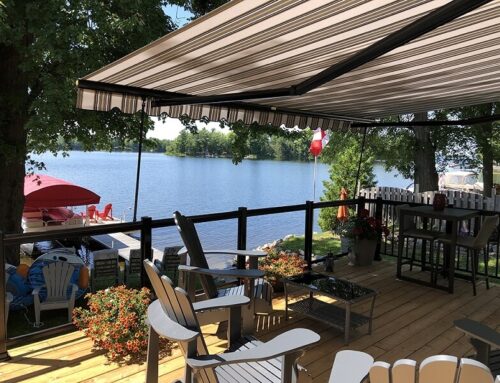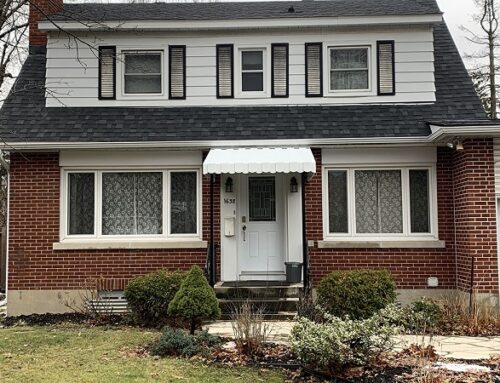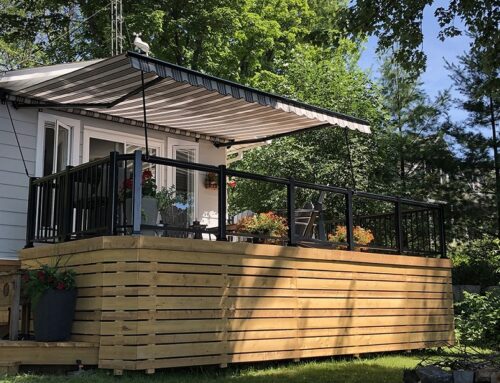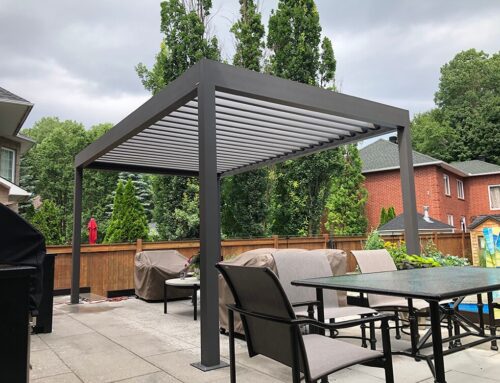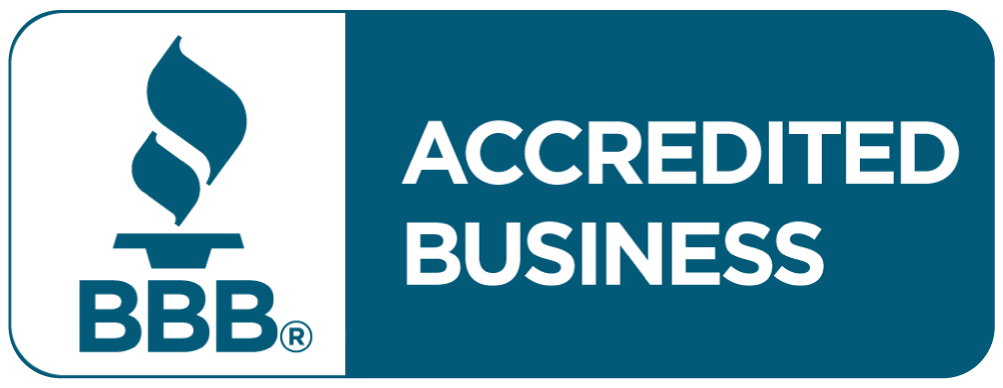Guide to Making Awning Coverage Decisions
Adding an awning to your home has many tangible benefits. It can enhance your home’s outward visual appeal and also increase the resale value of the property because it sets your home apart from the rest.
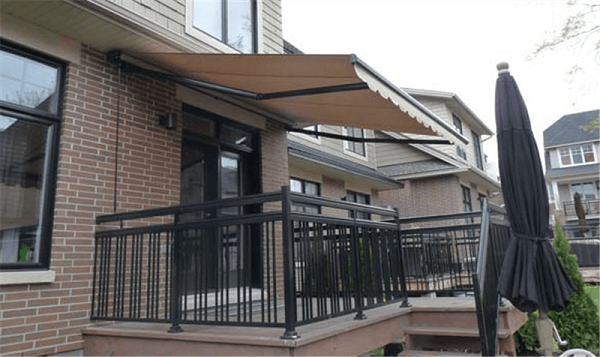
Adding an awning is a very inexpensive way to extend the exterior living space of your home while offering maximum protection from the sun’s harsh rays. An awning can add charm and personality to your home and transform a plain façade into something special.
When an awning is strategically placed on your home, you create sustainable savings by lowering cooling costs. These savings occur by blocking and/or reducing the amount of solar heat and UV radiation that traditionally gets absorbed; thereby, reducing the amount of energy it takes to cool your home. Your return on investment accrues over time because you have an attractive and controllable way to manage your interior cooling expenses.
Although, most patio awnings are designed mainly for sun protection, some are designed to protect against rain and higher levels of wind. You will no longer be chased indoors by wind gusts, rain showers or even downpours; however, there are several decisions to consider before installing an awning.
Considerations
An awning installation requires some planning ahead of time to determine desired location, type of awning and the amount of coverage needed. Awning installation can vary on several factors, such as what you want and what you need for optimum performance. The right type of awning can minimize heating and cooling costs by protecting the windows from the elements.
Here are a few of the most common decisions that need to be made when it comes to awning installation:
- Size – Choosing the right size of awning will help keep the appearance of your home balanced and pleasing to the eye.
- Placement – The structure that will be the awning’s base has an impact on what awnings can be installed, so keep that in mind throughout the planning process.
- Style – When deciding on the style of awning you plan on having, you want to make sure that whatever one you choose fits with the existing style of the home.
- Material – Awnings can be made out of a variety of materials including canvas, vinyl, resin, aluminum or galvanized steel. The material the awning is made of can determine how effective it is at protecting the windows or how much light is allowed into the home.
- Colour – Will your awning complement the exterior of your home? Do you want your awning to blend into its surroundings or stand out?
- Patterns can be a helpful way to get your awning to stand out from others or to reflect your personality on your home.
- Custom design – Awnings can be customized by colour, style and material. You can have ornate awnings built to your specific requirements, including colour, material, size and style. When a basic template is used, awnings can be designed that account for odd sized windows. They can be made in specific colours using the material you want.
Installation
Once you have made your awning choices, your awning installation professional will be ready to attach the awning and accompanying hardware to your home. The awning will be secured so that you don’t have to worry. The professional will also make sure that the awning they offer will fit in completely to the intended area.
Let the experts at Jans Awnings & Rollshutters help you decide the right awning for you. We offer a wide range of styles and our awnings and canopies come with a manufacturer’s warranty and all installations are fully guaranteed.
